Red light therapy (RLT) has surged in popularity in recent years, touted for its ability to rejuvenate skin, reduce inflammation, and even promote healing. But as more people explore this treatment—whether at home, in tanning salons, or at wellness centers—a common question keeps popping up: Does red light therapy tan you? To answer this, let’s dive into what red light therapy is, how it works, and why it does or doesn’t affect your skin tone, pulling from a variety of perspectives to give you a clear picture.
What Is Red Light Therapy and How Does It Work?
Red Light Therapy is a non-invasive skincare treatment that uses low-level wavelengths of red light to penetrate the skin's surface and support natural collagen production. Collagen is essential for maintaining the skin's firmness and structure, and because of natural skin aging and certain lifestyle choices, our body's levels of collagen naturally decrease. By supporting this natural process, Red Light Therapy can help reduce the appearance of fine lines, smooth out the look of wrinkles, and rejuvenate skin to give it a healthy-looking glow.
RLT involves exposing the body to low-wavelength red light. This red light can penetrate deep into the skin, where mitochondria in the skin cells can absorb these light particles. This can help the cells produce more adenosine triphosphate, the energy source for all cells. Proponents attribute the potential positive benefits of RLT to this function. With this extra energy, the cells may be able to respond better to damage and rejuvenate themselves.
Red light therapy typically operates at wavelengths between 630-850 nanometers. These wavelengths are incredibly effective for skin health but do not induce tanning. Here's why: No UV Rays: Tanning occurs when your skin is exposed to UV rays, which trigger melanin production. Melanin is the pigment responsible for the darkening of the skin. Red light therapy, however, does not emit UV rays. This means it cannot initiate the melanin production process that leads to a tan.
The Difference Between Red Light and UV Light
The major difference between tanning beds and red light therapy is that one destroys your skin from the outside in (tanning beds), and one may improve your skin from the inside out (RLT). While you may think that all “light” therapies are the same, light used in a tanning bed and the light used in red light therapy are, in fact, very different.
Tanning beds use ultraviolet (UV) light rays, typically in the range of 280-400 nanometers, which can be harmful to skin health with prolonged exposure. This high-energy light radiation is akin to the rays the sun emits. On the other hand, red light therapy uses red and near-infrared light waves, typically between 600-850 nanometers. These wavelengths are beneficial to skin health, as they penetrate deeper into the skin to stimulate cellular activity without causing any harm.
Red Light Therapy does not tan the skin, as it emits no ultraviolet (UV) light, which is a different wavelength of light that's responsible for tanning. Red Light is emitted at wavelengths ranging from approximately 620 to 750 nanometers (nm). Meanwhile, UV rays are classified into three categories based on their wavelengths:
UVA (320-400 nm), which penetrates deeply and contributes to skin aging;
UVB (290-320 nm), which affects the outer skin layer and causes sunburn;
UVC (100-290 nm), which is mostly absorbed by the Earth's atmosphere and does not reach the surface. Red Light Therapy is much gentler on the skin than UV light, and while it is able to penetrate the skin, its benefits such as smoothing the appearance of skin actually counteract the negative skin aging effects of too much UV exposure. Red Light and UV Light serve different purposes and have distinct effects on the skin.
Why Red Light Therapy Won’t Tan You
Let’s get straight to the point: no, red light therapy will not give you a tan, even in the case of overuse of red light therapy. While it does offer a ton of benefits, such as red light therapy for cancer patients and red light therapy for osteoporosis, a tan isn't one of them. According to our research, this is because red light therapy operates on a completely different wavelength compared to traditional tanning methods.
While tanning beds use ultraviolet (UV) light to darken the skin, red light therapy functions within the red to near-infrared spectrum, which has an entirely different impact on your skin. Skin Rejuvenation: What red light therapy does is stimulate your skin cells. It promotes collagen production, improves circulation, and enhances the healing process. In our experience, these benefits are substantial, but they do not include skin darkening.
Different Wavelengths, Different Effects: The red and near-infrared wavelengths used in red light therapy are designed to penetrate the skin and reach deeper tissues, promoting cellular repair and regeneration. This process helps to reduce inflammation, improve skin tone, and even accelerate wound healing. However, none of these benefits involve a change in skin pigmentation.
Red light emits ZERO UV and will NOT tan you. The redlight treatment is harmless and is suitable for all skin types. People with low blood pressure or who are pregnant, suffer from epilepsy or increased light sensitivity, or are on medication that causes increased light sensitivity should refrain from the treatment.
Can You Combine Red Light Therapy with Tanning?
Yes, you can use Red Light Therapy before or after tanning, but not during. Regular Red Light treatments should be limited to three sessions total per week. Incorporating Red Light Therapy into your pre-tanning routine can help prepare your skin for an even and lasting tan, or you can choose to use it post-tan to help soothe and rejuvenate.
Cleanse Your Skin: Begin by thoroughly cleansing your skin to remove any makeup, oils, or impurities. This ensures that the Red Light can penetrate effectively. For your face, we recommend our Hydrating Gel Cleanser which works to cleanse skin without stripping it of its natural oils, which are key for helping to keep your skin from becoming dehydrated during tanning. You'll want to make sure that the rest of your body is also clean and free from dirt, lotion, and anything else that may affect the evenness of your tan.
For the best results, it’s generally recommended to do red light therapy before tanning. Red light therapy preps your skin by stimulating blood flow, which can help you achieve a more even tan. It also helps reduce the drying effects of UV exposure during your tanning session. As with any beauty or wellness treatment, balance is key. Avoid excessive UV exposure by sticking to the recommended session times.
Benefits of Red Light Therapy Beyond Tanning
Even though red light therapy doesn’t tan your skin, its benefits are hard to ignore. Here’s what it can do:
Red light therapy is known for its ability to improve overall skin tone and texture. This is particularly beneficial when combined with UV tanning, as it helps achieve a more even tan and reduces the appearance of any uneven pigmentation or sunspots. The result is a beautifully balanced complexion with a natural-looking glow.
One of the standout benefits of red light therapy is its ability to reduce fine lines and wrinkles. When combined with UV tanning, which can sometimes accelerate the appearance of aging, red light therapy works to minimize these effects. The result is a smoother, firmer, and more youthful complexion.
Red light therapy can also enhance the benefits of other tanning products, such as bronzers and self-tanners. By improving skin texture and tone, red light therapy can help to create a smooth, even base for these products, allowing them to work more effectively.
RLT, either alone or in combination with other treatments, such as blue light therapy, is a potentially effective treatment for acne vulgaris. The light appears to penetrate deep into the skin and affect sebum production while also reducing inflammation and irritation in the area.
Safety and Considerations
This therapy isn’t toxic, not invasive and not as harsh as some topical skin treatments. Unlike the cancer-causing ultraviolet (UV) light from the sun or tanning booths, RLT doesn’t use this type of light. However, if products are misused — perhaps used too often or not according to directions — there’s a chance your skin or eyes (if not protected) could be damaged. The long-term safety of devices that use red light therapy isn’t yet known.
Your safest option is to see a dermatologist or qualified, trained, cosmetic therapist. A dermatologist can make sure your skin condition is what you think it is and can discuss the merits of red light therapy and other treatment options.
FAQs About Red Light Therapy and Tanning
1. Can red light therapy give me a tan if I use it for a long time?
No, red light therapy won’t tan you no matter how long you use it. It lacks UV rays, which are necessary for melanin production and tanning. Extended use might enhance your skin’s glow, but that’s due to improved circulation and cell health, not pigmentation.
2. Will red light therapy make my skin darker at all?
It won’t darken your skin like a tan does. Some people notice a subtle golden hue or radiance after sessions, but this is a result of better blood flow and oxygenation, not a change in melanin levels.
3. Is it safe to use red light therapy and tanning beds on the same day?
Yes, it’s generally safe to use both on the same day, and many recommend doing red light therapy first. It can prep your skin for an even tan and reduce UV-related irritation. Just don’t overdo either treatment—stick to recommended times.
4. Why do some people think red light therapy tans them?
The confusion likely comes from the healthy “glow” red light therapy can give. This glow mimics the look of a light tan to some, but it’s not the same process. It’s about skin vitality, not pigmentation.
5. Can red light therapy replace tanning for a bronzed look?
Not really. If you want a tan, red light therapy won’t deliver that bronzed effect. It’s better for skin health and rejuvenation. For a tanned appearance without UV, try self-tanners alongside RLT for a smooth base.
Conclusion
So, does red light therapy tan you? The answer is a resounding no. Unlike UV light from tanning beds or the sun, red light therapy operates in a completely different spectrum, focusing on cellular repair and skin health rather than melanin production. While it won’t give you that sun-kissed bronze, it offers a wealth of benefits—from reducing wrinkles to enhancing your skin’s natural glow—that make it a standout in the world of skincare. Whether you’re pairing it with tanning for a more even result or using it solo for rejuvenation, red light therapy proves its worth beyond the tanning question. Curious to try it? It might not tan you, but it could transform your skin in ways you’ll love.

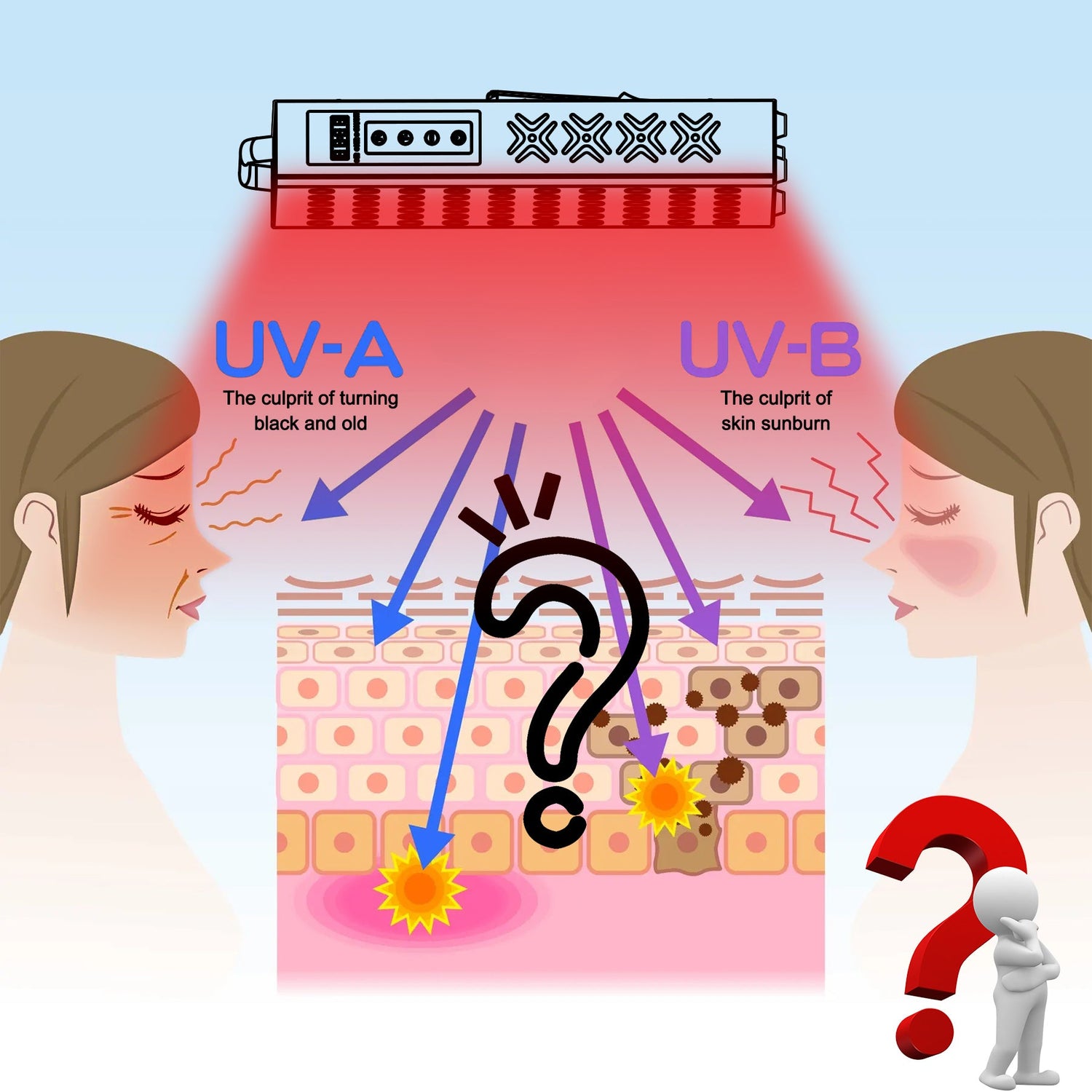
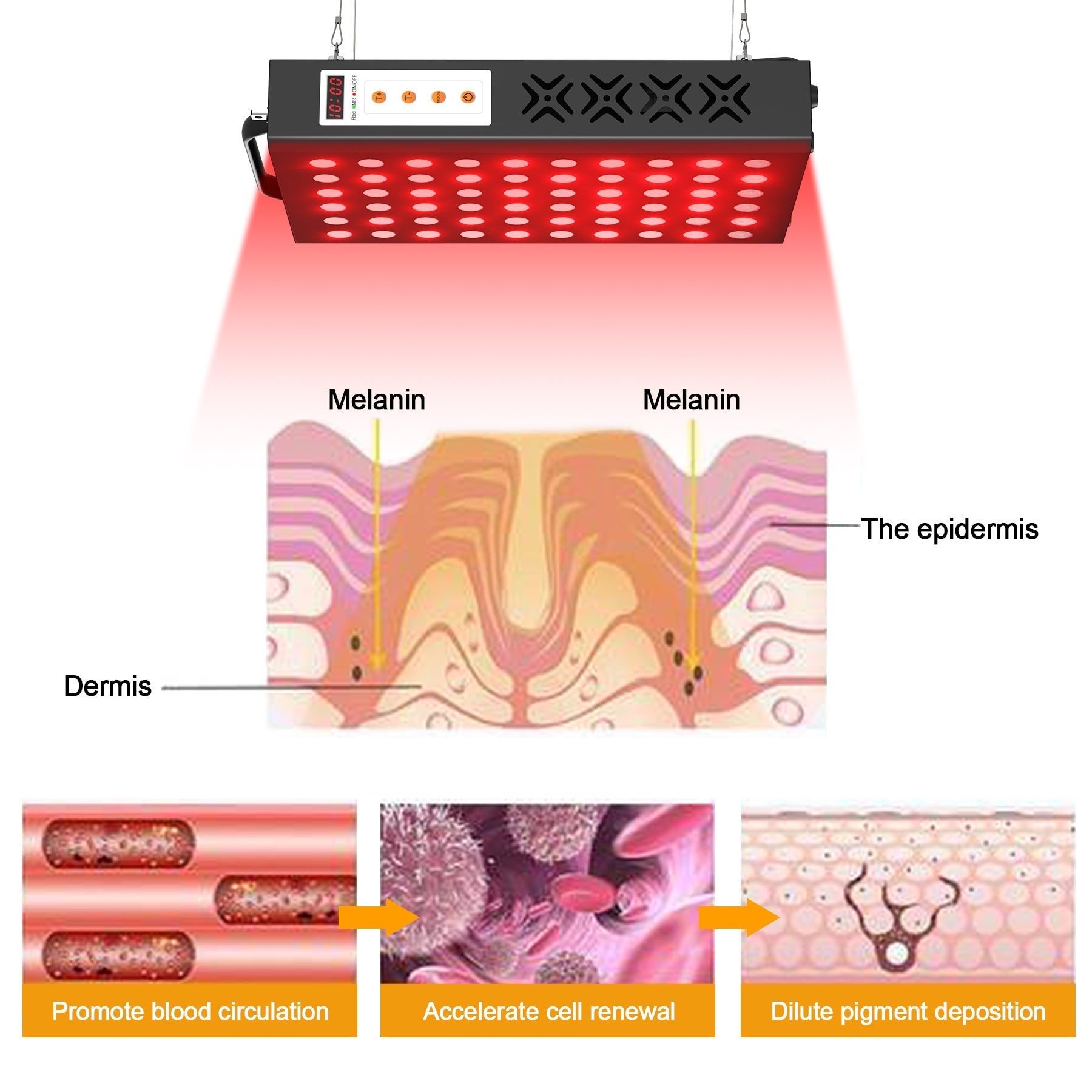


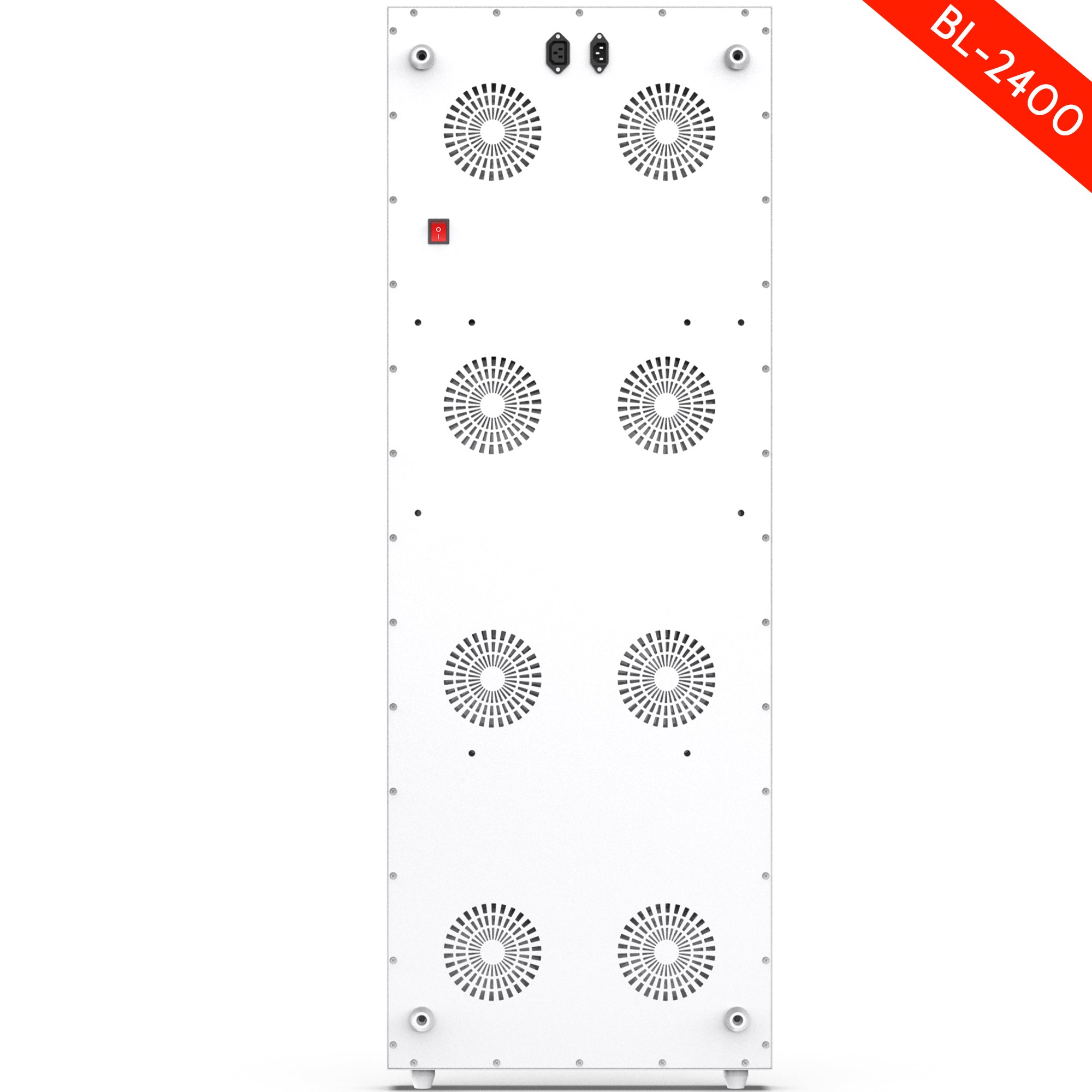
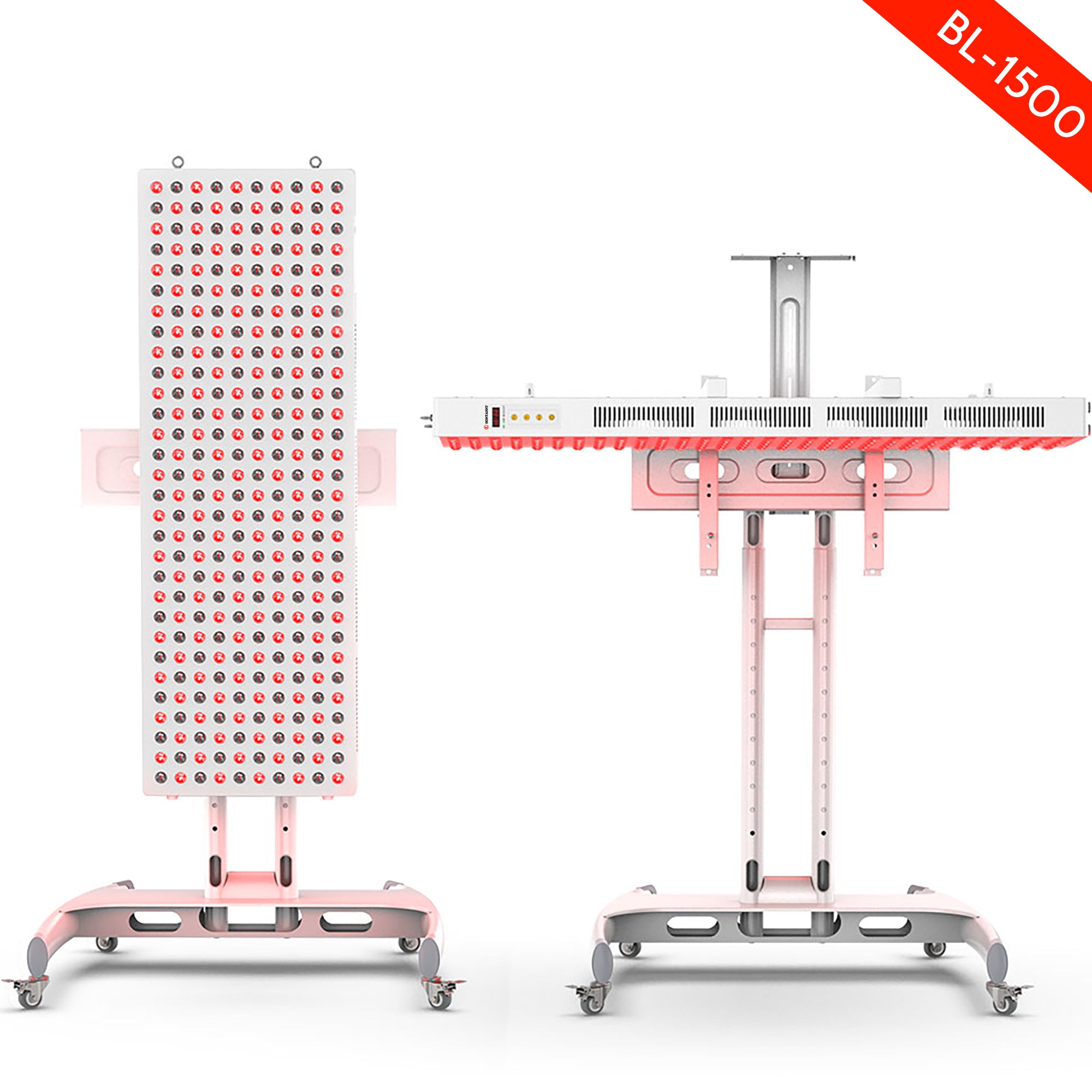
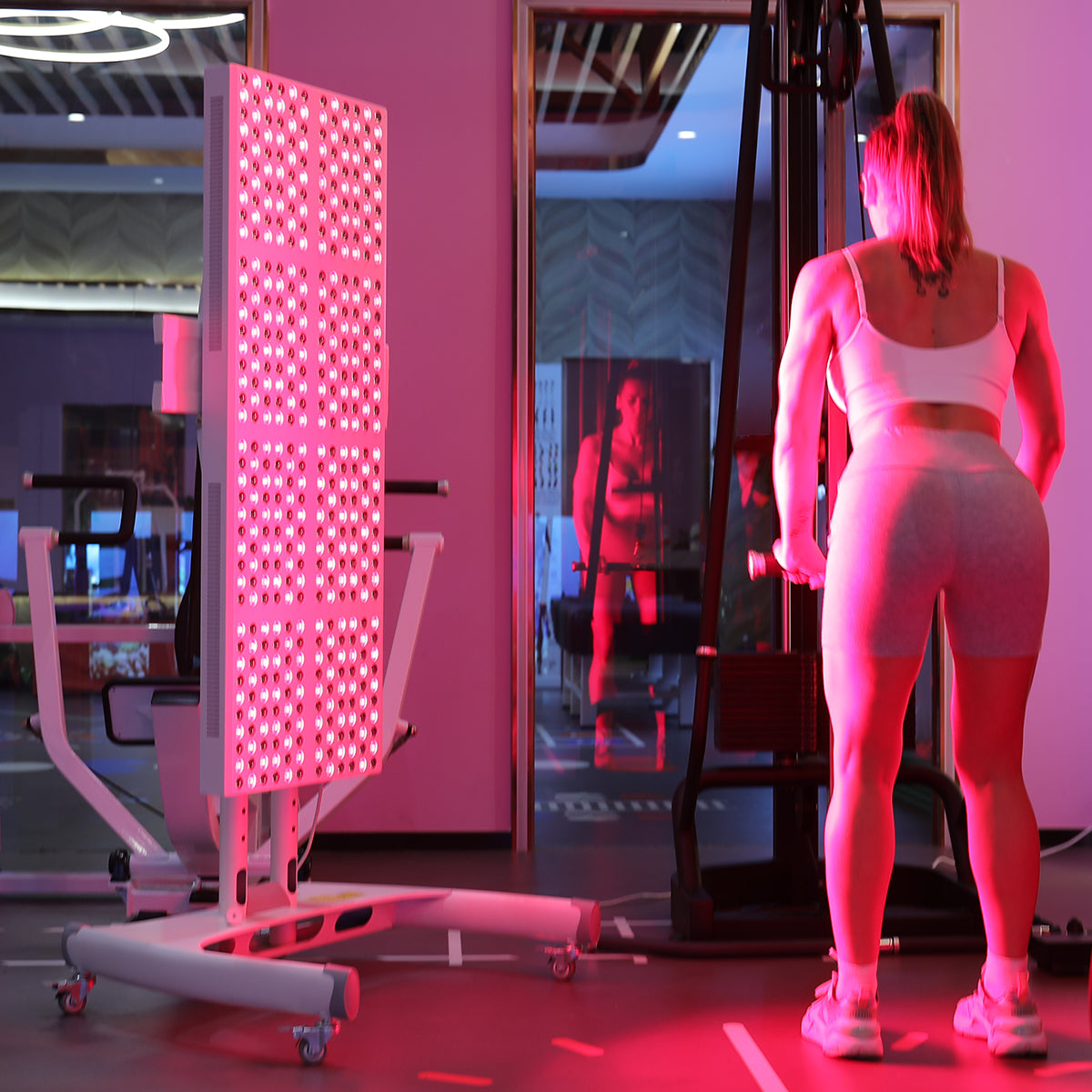
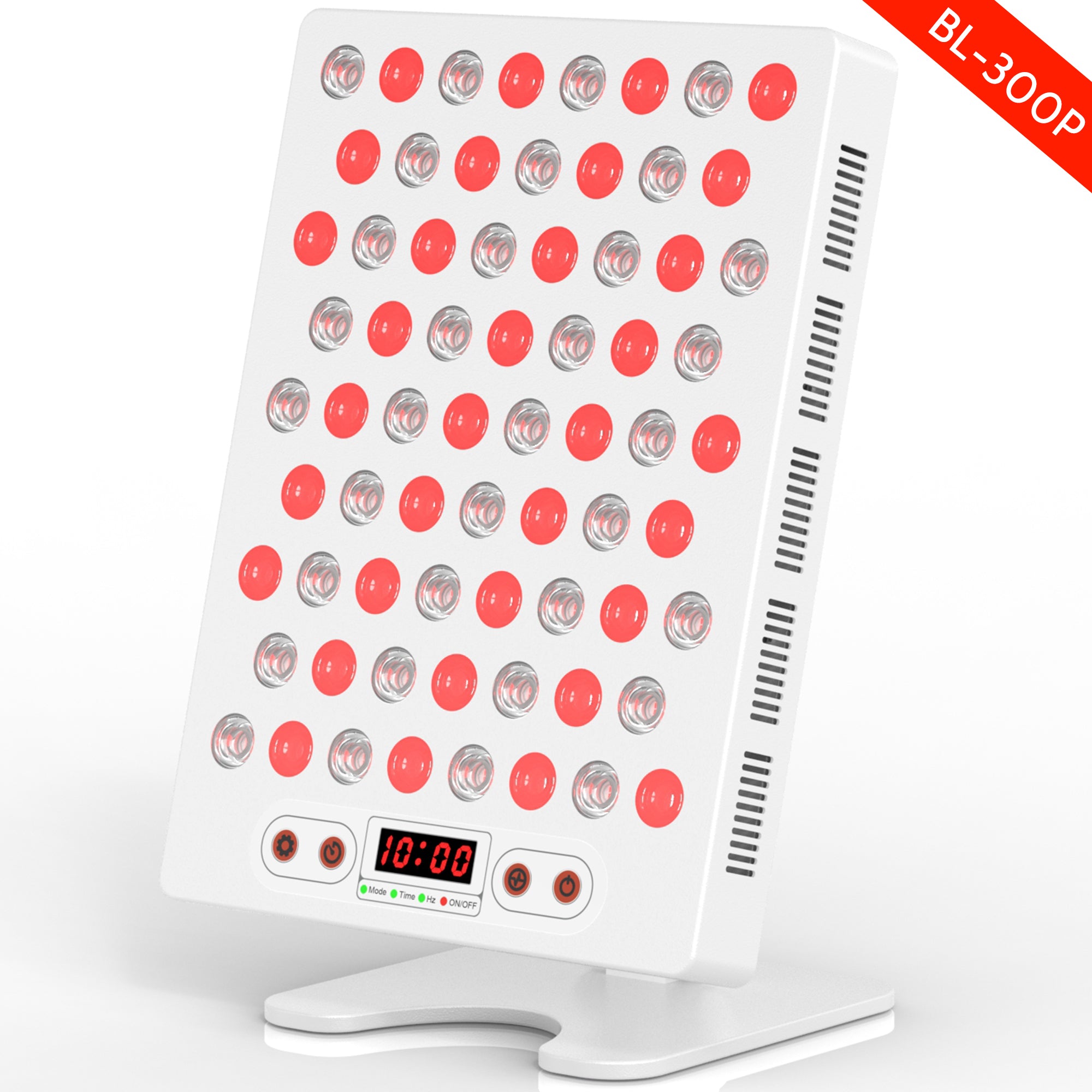
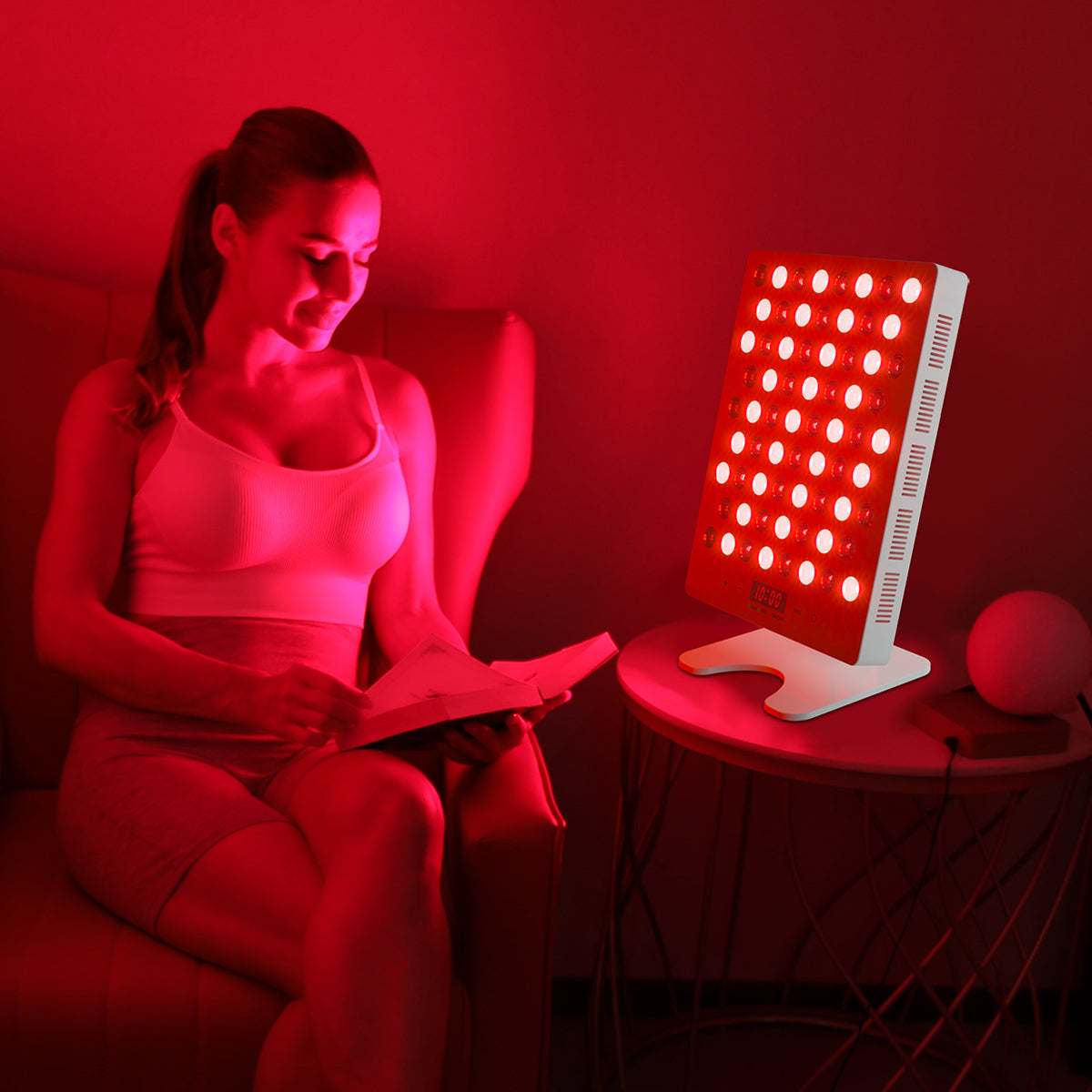
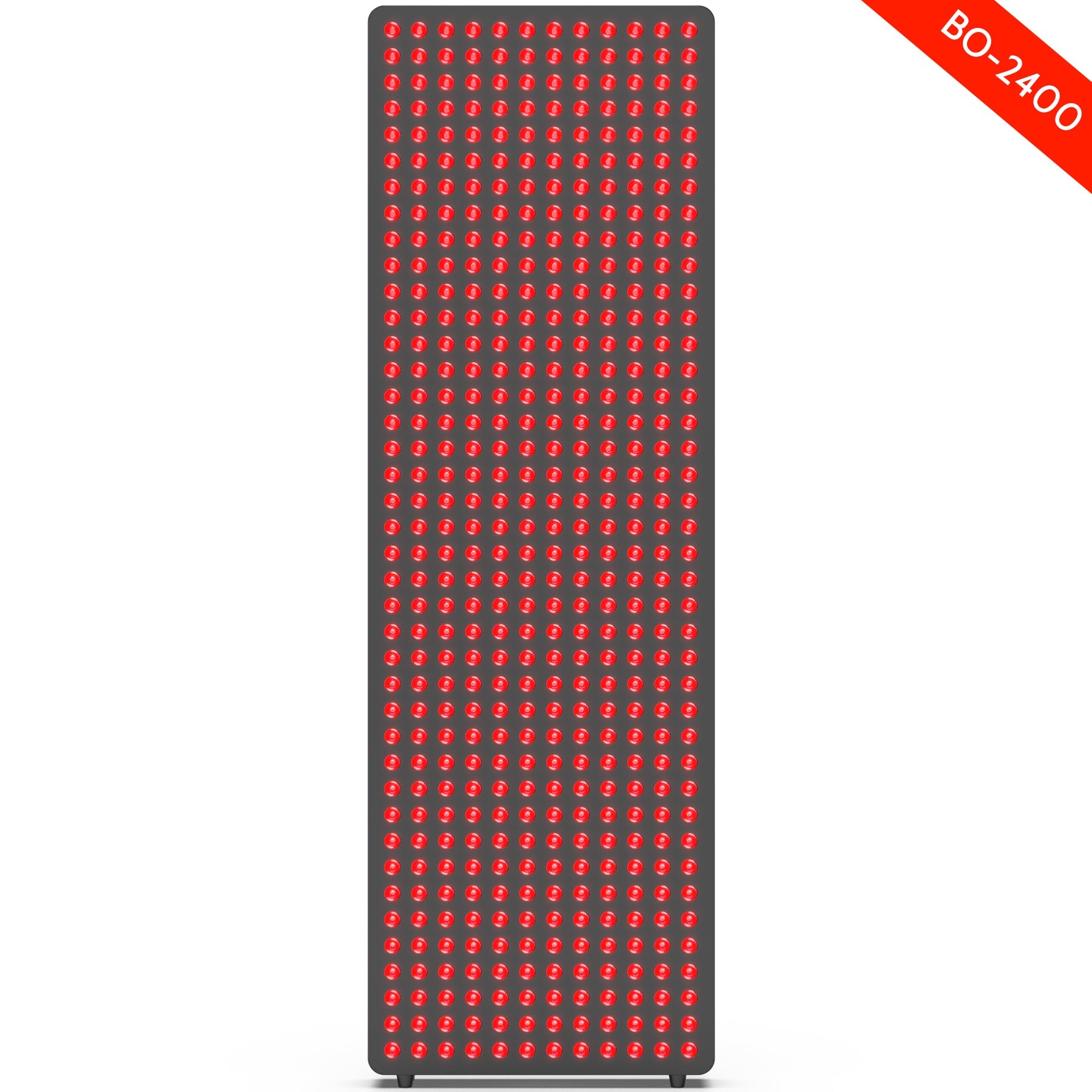
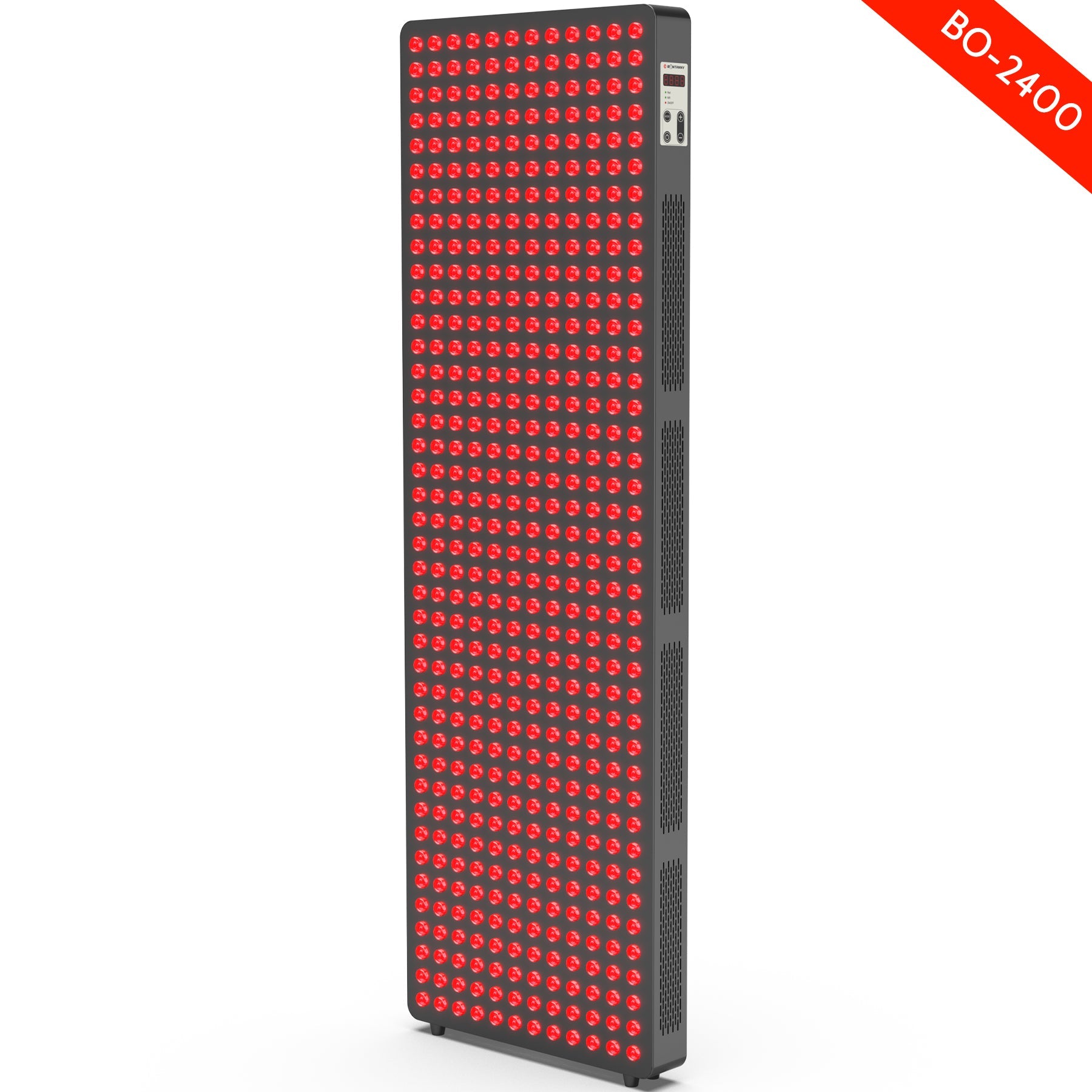
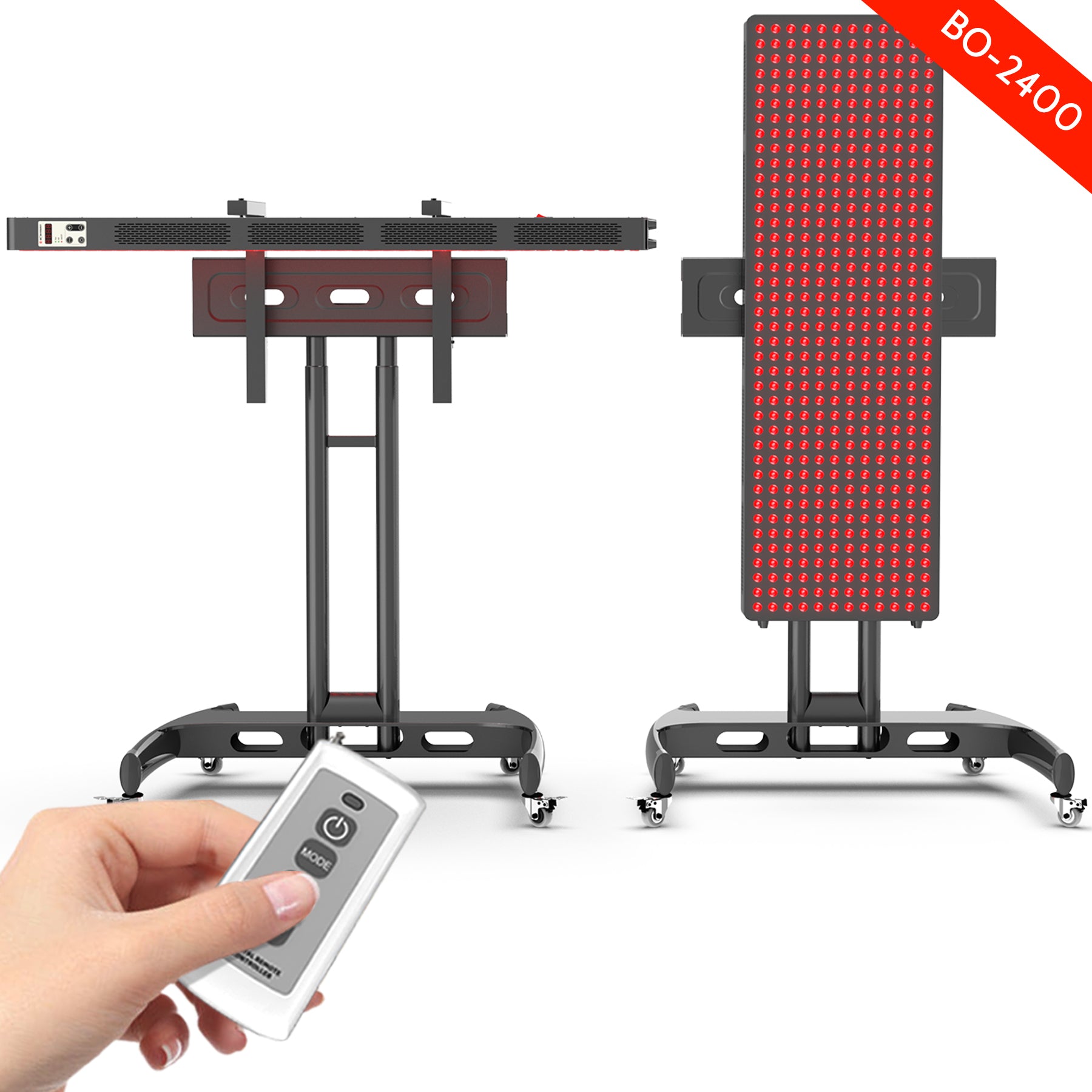
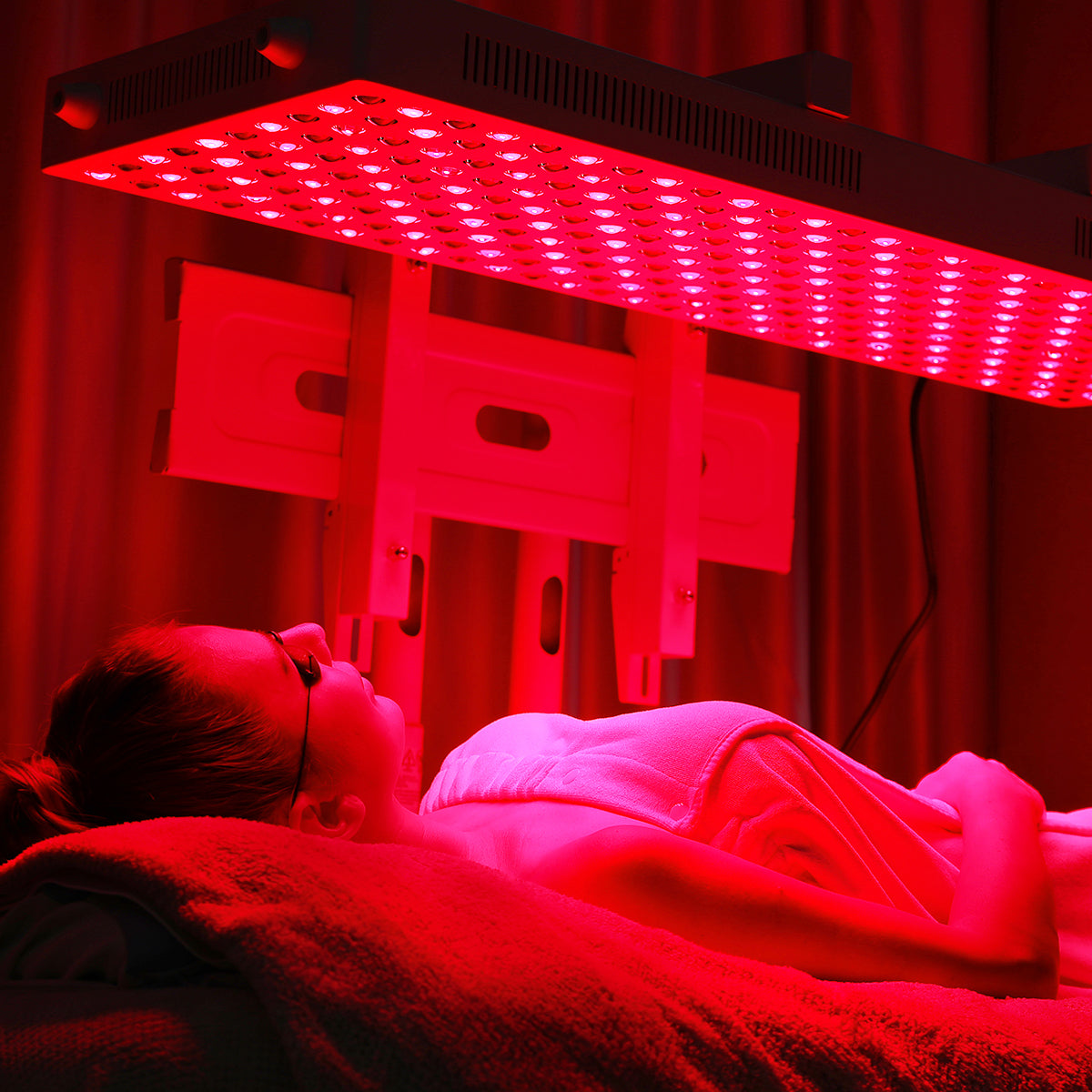
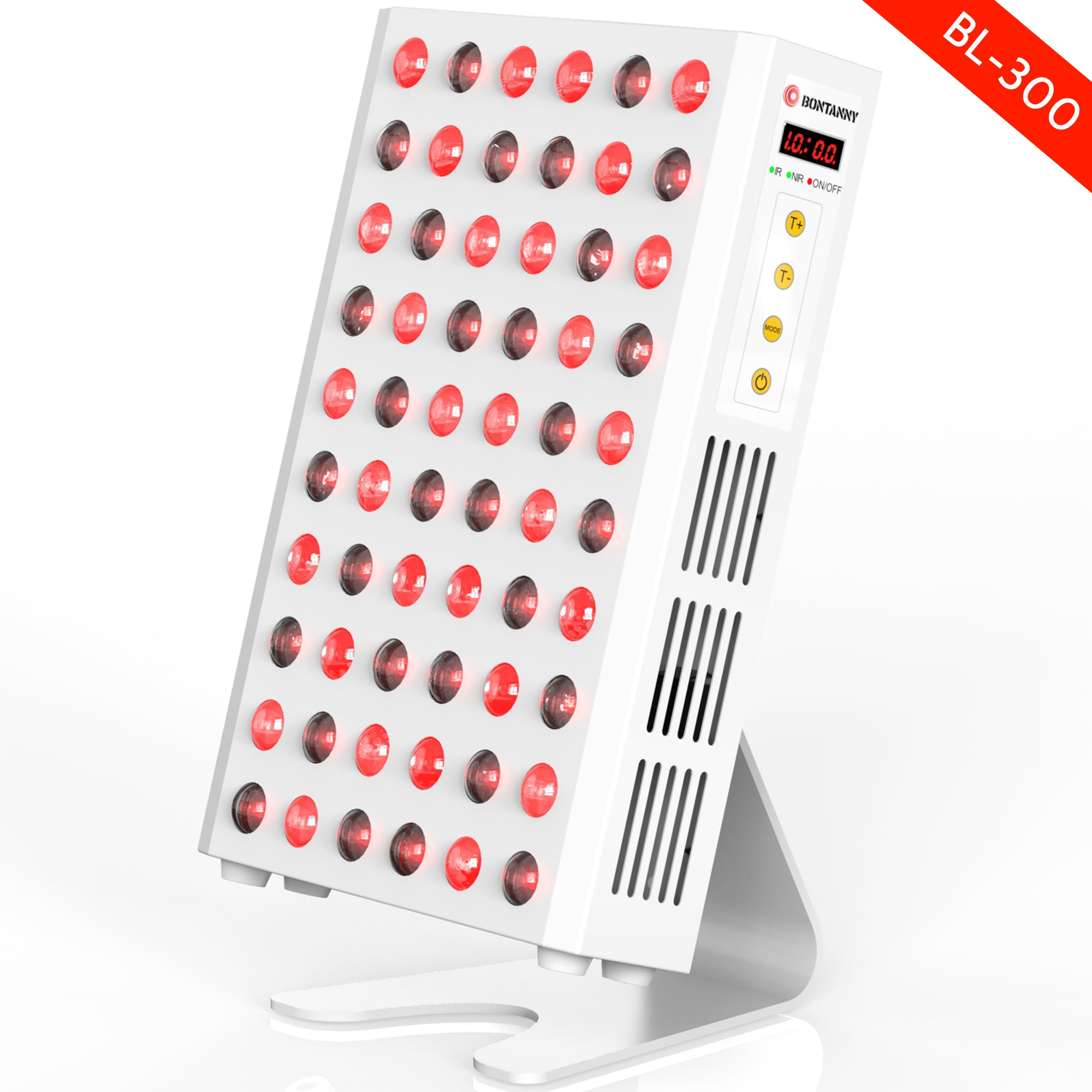
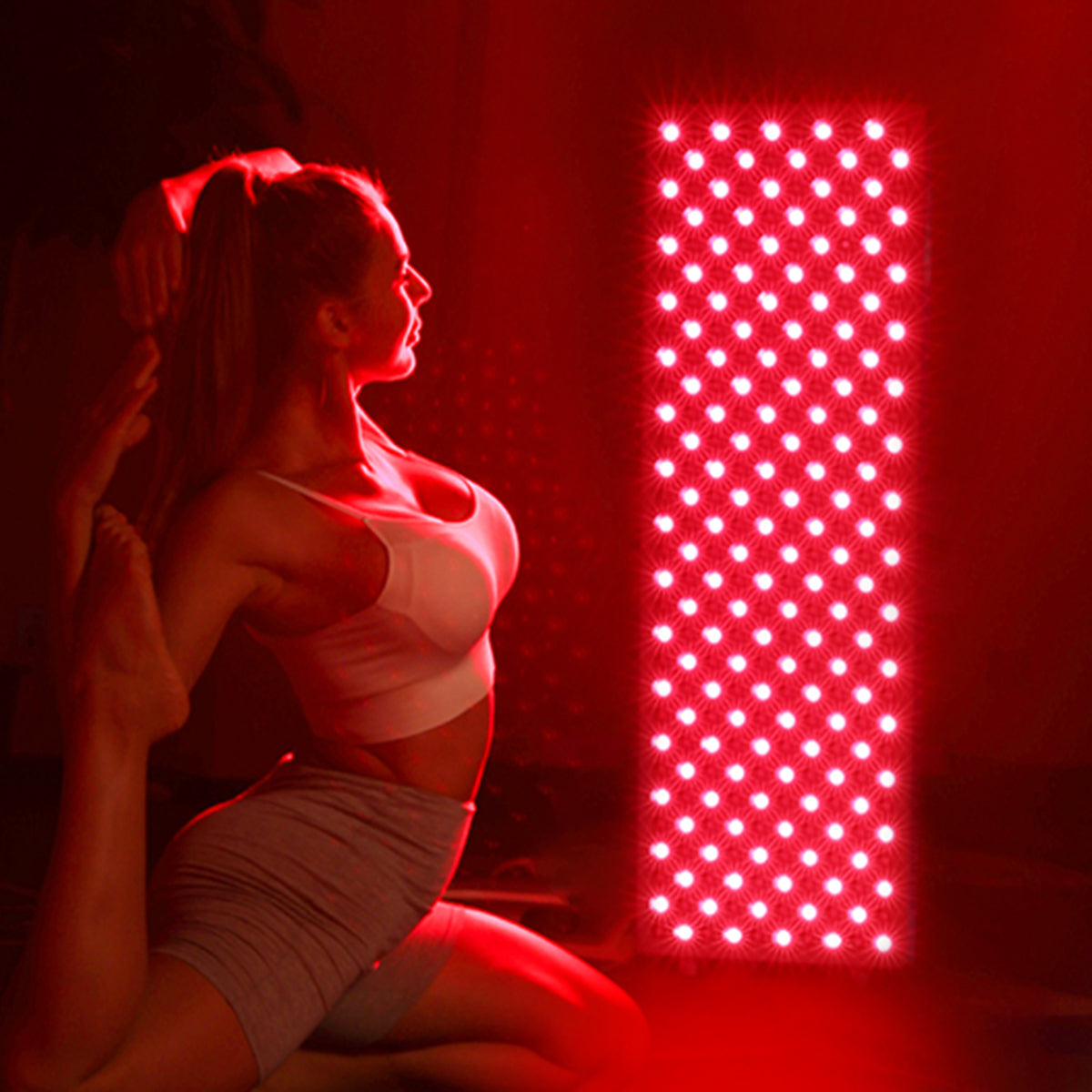
Leave a comment
This site is protected by hCaptcha and the hCaptcha Privacy Policy and Terms of Service apply.